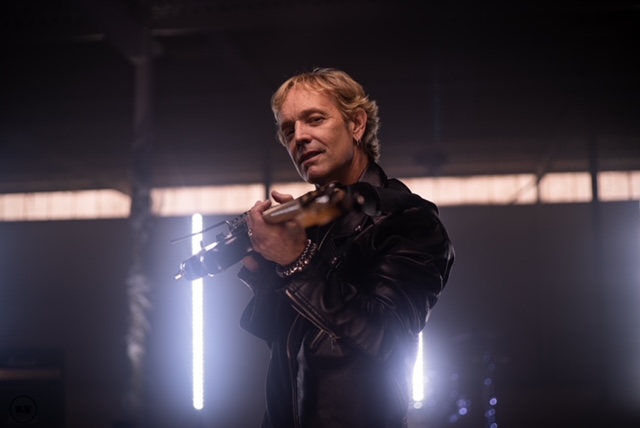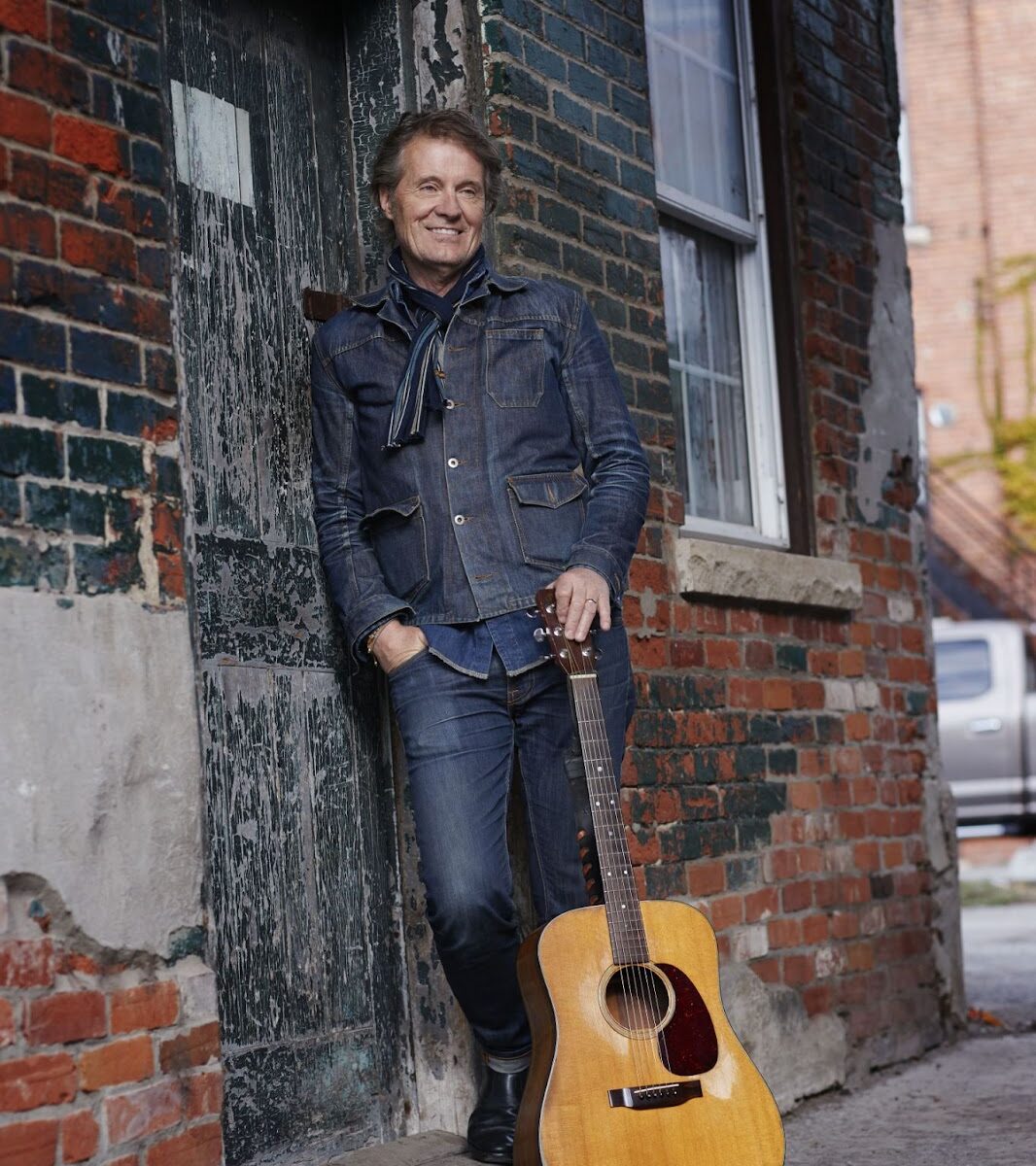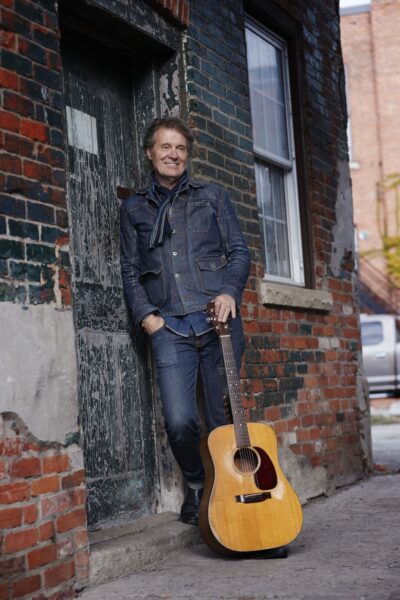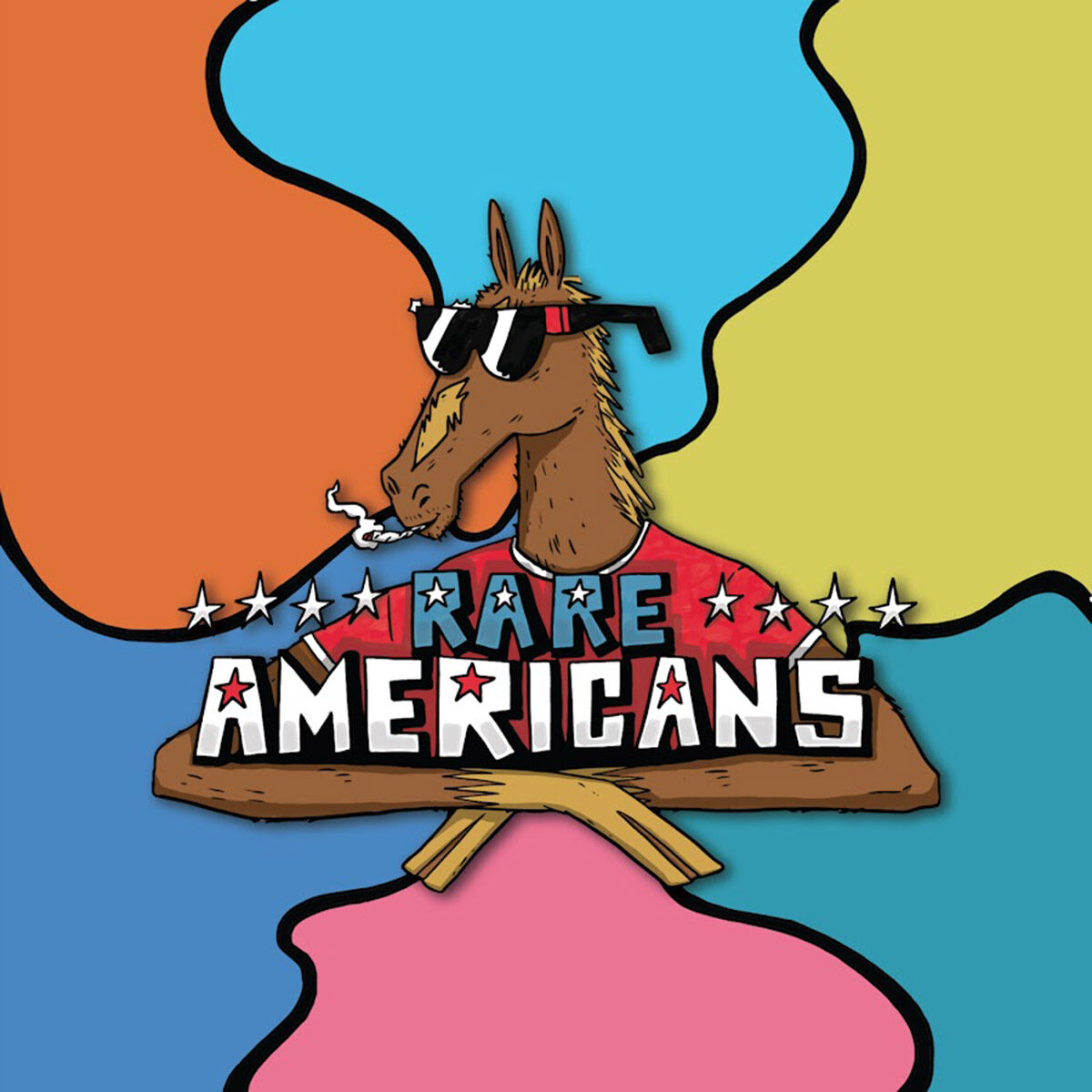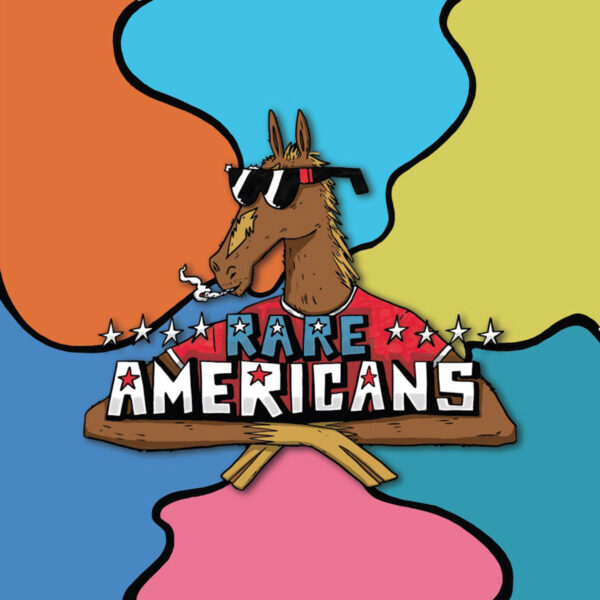Ian Anderson photographed at his home 2021
By Roman Mitz
With more than 30 albums to their credit and sales totaling more than 50 million, Jethro Tull are one of the most successful rock bands of all time with a catalog that contains classics that still resonate today. Led by Ian Anderson, Tull continues to tour worldwide, entertaining audiences of all ages. Unlike so many of their contemporaries, however, the band doesn’t just trot out classic rock staples like “Aqualung” or Thick As A Brick”. Rather, they sprinkle their sets with recent songs from their 2022 album “The Zealot Gene”, and their terrific new record “RökFlöte, the 23rd l.p. under the Tull moniker. For the new album Ian hit upon the idea of weaving Tull’s music with tales of Norse mythology, a body of myths dating back to the Scandinavian people of the 11th century, spoken in the language of Old Icelandic. Always a stickler for detail and authenticity, Ian incorporates a bit of the Old Icelandic tongue onto the first track “Voluspo”.
“That’s Unnur Birna, an actress and singer, who is speaking Old Icelandic,” explains Ian over the phone line from Wiltshire County in the U.K. “She had to pay a visit to the library to check things out before she sent me the recording. The whole concept of covering Norse Mythology is a little tricky, but rather than be put off by that, I took it as a challenge to explore the characters and identities of some of those Norse gods. I thought I would treat the last part of each song by looking at the Norse gods’ human counterparts in terms of personality and character, based on people I’ve known or known about in my lifetime.”
This pairing of Icelandic deities and their mortal equivalents makes for some really intriguing characters. “Feathered Consort”, for example, is the story of Freyja, the goddess of Norse love and fertility, who “rides (in her chariot) behind her cats, gray and blue.” The modern version of Freyja in the second half of the song, is a wicked and sultry diva, whom Ian casts as a Paris showgirl who can readily be imagined kicking up her legs in the chorus line at the Moulin Rouge.
“If you look through a lot of pictorial artwork renditions of Norse gods and Norse mythology, I think that Freyja does have, usually, a saucy insolence. A bit of a hot babe, you might say.
“I tried to look at the role-playing aspects of the gods,” Ian continues. “In the song “Trickster And Mistletoe”, the main character Loki is kind of a humor-ridden, cheerful and naughty guy. But he’s actually a really nasty piece of work who orchestrates the death of another god using a mistletoe branch. It’s like some people kid around and are jolly, perhaps in a rather bullying way, until it gets out of hand and sometimes the human aspect hides the true villainy that lies behind it. That’s the character of Loki and I did really deal with it in a light-hearted way with the classroom parallel at the end. There’s always one of those guys in every school class I was in, throwing paper darts at his classmates. Dare I say I might even be one of them myself, but I think I was more of a victim than an instigator when it came to bad behaviour at school.”
The title of the album “RökFlöte, is made up of the word “Rök, the Icelandic word for destiny, and Flöte, the German word for flute, an instrument that Ian has been leading Jethro Tull with for six decades. Not only does it serve as a fitting moniker for the record, but it allows him to demonstrate the proper use of the umlaut, the double dots found above the o’s in “RökFlöte, which had been grievously misrepresented in rock.
“The umlauts are absolutely legitimate,” he says. “They are not a borrowed symbol that you find in the band Mötley Crüe or in the band Motörhead, both of whom have misappropriated the umlaut in some sort of attempt to sound macho and tough. But with that came the unfortunate association with some aspects of the German language that clearly fascinated Motörhead frontman Lemmy, who once referred to them as Nazi dots. It’s a rather unfair and insulting way to describe a grammatical element that is common to many languages, not only German.”
Throughout Jethro Tull’s storied career, fans have become familiar with many of the musicians in the revolving line-up, including original 1967 members Anderson, Mick Abrahams, Clive Bunker and Glenn Cornick. Other well-known names include guitarist Martin Barre, the longest-serving member of Tull behind Anderson, keyboardist John Evan and bassist Jeffrey Hammond-Hammond. Ian still sees his former band mates on occasion, less so with Martin Barre who tours under his own name with a set list comprised largely of Jethro Tull numbers. Ian thinks it’s great that he’s out there performing the songs that he wrote. What may come as a surprise to some people is that the current iteration of Jethro Tull, with the exception of guitarist Joe Parrish who joined in 2019, has actually been together longer than any of the previous line-ups.

“They’ve been playing with me for many years, three of the four since 2010, and a couple of them actually go back to 2004 or 2005. It’s something they’ve gotten used to and they’ve always had the idea that they’re part of a rich legacy of music. They have had to come to terms with learning the music that they play and to try and find a way to get that fine balance between copying what someone did before you and putting a little of your own nuance into the performance. It’s probably true to say that many of the original guys in Jethro Tull would find it quite difficult to play some of the more recent music. In some cases it was the technical skill and in other cases there wasn’t the musical interest, really, to cope with that kind of music. The guys in the band today have to play the stuff going back to the very beginning and that’s a lot of musical ground to cover.”
When he’s not in the studio recording or out on the road, Ian can be found at home with his wife of 47 years, Shona, in their 18th-century manor, about two hours west of London. Their place is not too far from historic Stonehenge so there’s always a chance you’ll find wild beasts or Jacks In The Green when walking in the area.
“It’s especially nice this time of the year when spring is truly sprung and everything is green and the bluebells are out in the woods,” Ian says. “My daughter told me when she took the dog for a walk a couple of days ago that the garden is coming alive, bursting with flowers, apple blossoms and so on and so forth. Yes, it’s a nice time of the year as we move into the summer and we have the blessing of living in the countryside.”
Some of this tranquility can be found on the album’s closing track, “Ithavoll”, which, after all of the Norse turmoil and upheaval, leaves people with a happy ending.
“Well, that’s a very common theme in old-world religion, the idea of rebirth,” Ian explains “First of all there’s the shootout at O.K. Corral, the final reckoning. It’s a great metaphor for our lives because we all face reaching that day of final reckoning in our lives, and we want to have the promise of there being a new beginning. That’s a common theme and something that’s embedded in us. Since the beginnings of mythologies and religion we’ve had to feel there were going to be some battles between good and evil and that good will triumph and there will be a new beginning. That’s the story of Christianity.”
It does not appear that Ian is anywhere near the final reckoning as he has another new Jethro Tull album planned for 2024. For someone who gave the 1976 Tull album the tongue-in-cheek title of “Too Old To Rock ‘N’ Roll: Too Young To Die”, Ian seems to be getting more productive as time marches on.

“Age does figure into my concerns, partly because I grew up listening to the music of old people. I listened to jazz and blues and looking back on it, all the people I regarded as my musical heroes were people who were my father’s age or even older. I suppose that led me in a way to do what was technically the front cover of the very first album, “This Was”, with the band all dressed up as old people. I wanted to make a little fun of the idea of this was Jethro Tull, showing us as ancient decrepit old men, which of course we are now. That was always going to be in the cards.”
The one great recent missed opportunity for showcasing the band, was when they were not included on the entertainment list for King Charles’ coronation. In the past, Ian reworked some of the band’s classics on the Orchestral Tull and String Quartet albums, and surely they would have been a more appropriate fit than Lionel Richie or Katy Perry.
“I think that the cynical reality is that for those sorts of events the King and Queen would probably have been advised to try and keep a very broad church in terms of entertainment and appeal to the widest cross-section of the public,” he begins. “I don’t think for a minute that Prince Charles would have come up with a list of 20 names and said ‘Right, try and get me these’. I would have been shocked and embarrassed if anyone had suggested we fill in. We did do a concert years ago, I think it was 1982, for the Prince of Wales and the Princess of Wales, Diana, at the inaugural concert for the Prince’s Trust. We were only asked to do it because I was told at the time that David Bowie decided at the last minute he couldn’t do it so in desperation they asked us. It was a little nerve-racking because I felt we were not the right kind of act to be at that sort of event. The other acts were those with a considerable pedigree of Top 20 hits, whereas Jethro Tull has always been a little bit out on the periphery of that which is well-known and popular.
A number of rockers, Roger Daltrey of The Who being the latest, have said that his band would not be making any new records because people just wanted to hear their old songs in concert. In that regard, Ian has come up with an ingenious way of slipping some new material in with their classics.
“You’ve just got to find a comfortable balance between your own dignity as a performer and writer and instigator of new musical ideas, to sneak it into the shows,” Ian explains. “You have some of the heavy hitters that people will instantly recognize, and you have a couple of catalogue items that are not very familiar to most people and you sneak in two or three new songs as well. The new songs serve a practical purpose for a lot of elderly audience members who don’t have the bladder control that they used to, so it’s a good excuse for them to run to the toilet. We strategically position the new songs so at that point in the show when they’re probably twitching nervously from buttock to buttock and this is the opportunity for them to scoot off to the lavatory and then sneak back in again hoping nobody noticed. “
Jethro Tull will be on tour this year in Europe and North America from July to November.

